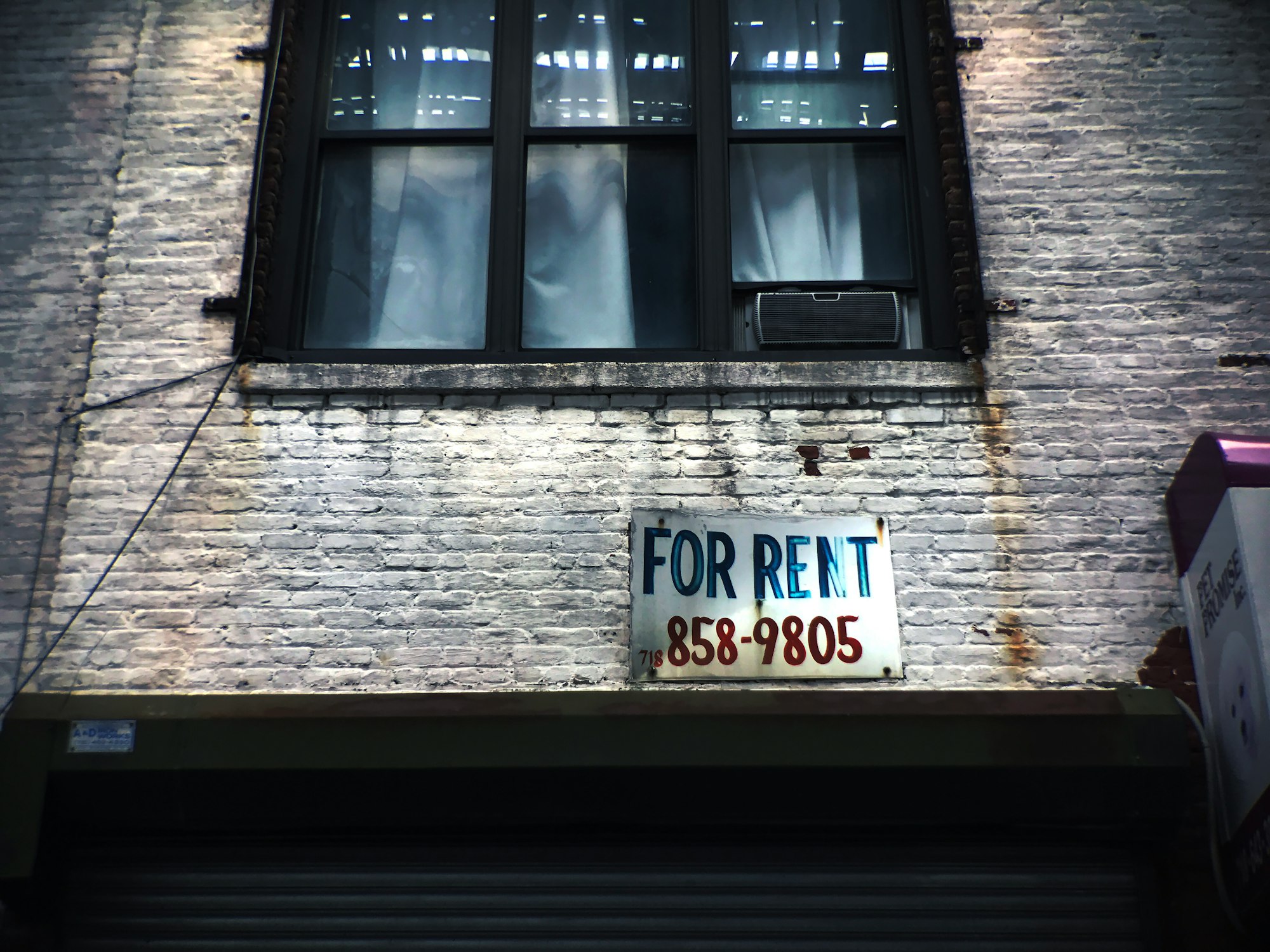Before moving in a rental property, both the tenant and landlord should have a walk-through check of the condition of the property. The tenant is keen to move in if the conditions are satisfied as stated on the property description in the lease agreement.

Similarly, upon rendering a letter to vacate, the property’s landlord is keen to schedule an inspection to make sure the conditions of the property match the state they were in when a tenant was moving in excluding normal depreciation. The document that notes down all these checks is the Move-in and Move-out Inspection form.
Table of Contents
• Importance of Move-in and Move-out Inspections
• Contents of the Inspection Form
• What laws govern Move-in and Move-out Inspection?
• Conducting Move-In Inspections
• Conducting Move-Out Inspections
• Summary
Importance of Move-in and Move-out Inspections
While landlords are most interested in move-in and move-out inspections because they help them keep up to date on the conditions of their property, move-in and move-out inspections are equally beneficial to tenants.
Tenant Benefits
When moving in, a move-in inspection can help a tenant identify faults that may make the property inhabitable. If these are not addressed or acknowledged, they may be transferred as a cost to the tenant at the end of their tenancy.
Any deductions of repairs and damages identified in a move-out inspection are chargeable on the tenant’s security deposit. If a tenant repairs these beforehand, they are able to recover the security deposit. A move-out inspection is therefore important to them as it forms the basis of any deductions on the security deposit. A Move-in and Move-out Inspection report helps avoid disputes since it is proof of the property’s condition during their tenancy.
Landlord Benefits
A landlord is able to identify the cost estimate of repairs needed to his property from the move-out inspection. A move-in inspection helps record prior conditions of the property reducing the grounds for conflict.
Contents of the Inspection Form
The following should be included in Move-in and Move-out Inspection forms:
- Property information
- Address of the property
- Property’s size
- Unit/house number and floor
- Tenant’s name and address
- Move-in inspection date
- Move-out inspection date
- A list of what is to be inspected (items per area/room) with an additional column against each item for estimated repair costs.

When recording the conditions of the items to be inspected, the following short keys may be used:
- !- Needs attention
- NC- Needs cleaning
- S- Satisfactory
- NR- Needs repair
- N- New
- NSC- Needs Spot Cleaning
- NSP- Needs Spot Painting
- RP- Needs replacing
- D- Damaged
- NP- Needs painting
- Tenant’ s name and signature
- Landlord’s name and signature
- The form should also provide for a section to write down any additional notes as noted during the inspection. For example, a note stating that the tenant has been given one set of keys for places with locks (door, mailbox, garage) and that any additional keys will be at the tenant’s own cost.
What laws govern Move-in and Move-out Inspection?
Different states have different landlord-tenant laws. Some states do not require a move-in and move-out inspection. For example; in Colorado, landlords are not required to have a walkthrough inspection with a tenant when moving in or moving out. This is not the same case in California.

State laws specify the timing of both inspections. For example in the case of a move-out inspection, the law may require it to be done on the day the tenant moves out or anywhere from 3 days to 2 weeks prior. This is to allow for any repairs that are needed to be done by the tenant.
Where the state requires a move-out inspection, the landlord is tasked with providing the date and time of the inspection. He is supposed to communicate this to the tenant clearly in writing.
Conducting Move-In Inspections
A move-in inspection should be preferably done when the property is empty before moving in and during the day. Make sure all defects if any are clearly identified and if there are any pending repairs, the landlord acknowledges them and states when they should be fixed. Before we go further on how you should document your property, check out this 5-minute guide on conducting a move-in inspection by Rent Like a Pro.
Ensure that the property’s conditions match the description in the lease agreement. Take photos or videos necessary and attach them on the Move-in and Move-out Inspection form for future reference.
Properly note down any inventory in place and its exact location in the property.If there are any defects realized later after a tenant has moved in, they should notify the landlord in writing as soon as possible.
Seek clarification if there are any permissible alterations, to what extent, and the procedure to carry them out. Ideally, this should be stated in the lease agreement but it is good practice to clarify. Ensure that the inspection report/form is properly filled out and signed by both the tenant and the landlord. It is the landlord’s obligation to ensure that the property being rented out is well maintained before a tenant moves in.
The following is the best practice by a landlord to prepare before a move-in inspection;
- Repairs
Ensure that all necessary repairs have been done to make the property habitable. For example, repairing molding walls, painting, fixing broken windows, etc.
- Cleanliness
Cleaning and exterminating a property before a new tenant moves in is among the basic things to do. A messy and dirty property is not appealing to potential tenants. The landlord should hire a professional cleaner to especially tend to overlooked areas.
- Utilities
A Landlord should check on the condition of utility facilities such as heating, ensure there is running water, fix any leaks and clogs on pipes, etc.
- Change locks
To ensure the safety of the new tenant moving in, it is recommendable of a landlord to change existing locks.
- Customized requests
A tenant may have special requests e.g paint in a specific color, permission to install a washing machine, in case of a disability, changes to ease movement, etc. If in agreement, the landlord can effect these changes before the move-in inspection. However, landlords should be keen to document such specific requests in the lease agreement.
Routine Property Inspections
It is in your best interest as a landlord to ensure that routine property inspections are covered in your lease agreement. The recommended schedule for inspections is twice a year. Set ideal dates with your tenant when you can visit to inspect the conditions of the property and compare it with the move-in checklist.

Over the course of the tenancy, you may find certain things that are not in order during a routine inspection and these issues can be addressed early on before your property falls into disrepair. To learn more about conducting inspections, here is a short guide by Rent Like a Pro.
Sending a Move-Out Packet to Tenants
One of the biggest pain points in renting out property is having tenants move out and preparing the property for the next tenant. This is especially true for properties where tenant turnover rate is quite fast.
However, it is possible to get tenants to do plenty of the work for you as they move out, thereby reducing the amount of time it takes for you to get your property turned over and prepared for the next tenant. Check out this 5-minute video guide to preparing a Move-Out Packet and sending it to your tenant.
Conducting Move-Out Inspections
Just like in a Move-in inspection, a Move-out inspection is best carried out in an empty property after a tenant has vacated. This way everything is clearly visible, minimizing the chances of a tenant maliciously hiding some defects.
It is a best practice to have both the tenant and landlord present when carrying out the inspection to avoid any future disagreements on the condition of the property.Where the state laws allow, a landlord can carry out a preliminary inspection before the move-out date (usually anywhere between 3 days- 2 weeks before) then outline all deductions and their total amount. He should also state if these are chargeable on the security deposit. In this case, the tenant has the option to make some needful changes/repairs before moving out.
The inspection report should also be signed by both the tenant and landlord to make it valid. The landlord should be careful not to promise a full return of the security deposit to a tenant only to later realize there are deductions that need to be applied from the deposit. Check out this 5-minute guide to the moving out inspection process by Rent Like a Pro and learn how to conduct a one trip turnover.
Summary
There are several inspections applicable to property renting. Some are mandatory as required by applicable state laws while others are out of good practice. One of such inspections is the Move-in and Move-out Inspection. It is important to consult on any relevant laws applicable to inspections to ensure compliance.
It is highly advisable for the tenant and landlord to be present during both inspections, sign and to each keep a copy of the Move-in and Move-out inspection report to mitigate any misunderstandings that may arise. The more accurately filled the inspection report is, the lesser chances there are of any disputes. Landlords and tenants are allowed to take photos or videos of the property and attach copies to the inspection report. these can act as further proof of the condition of the property when moving in/out.

In most cases, there is always a dispute over what is normal depreciation (wear and tear) of the property. This should be any normal wear and tear that could happen regardless of who occupied the property. For example minor scratches on the wooden floor. What is not normal is a huge hole on the floor or a broken door.
The timing of the inspections may vary from state to state. It is common to have a move-in inspection anywhere between a few days before moving to a week after moving in. The same applies for a move-out inspection. Use the template below as a checklist for your move-in and move-out inspections.


